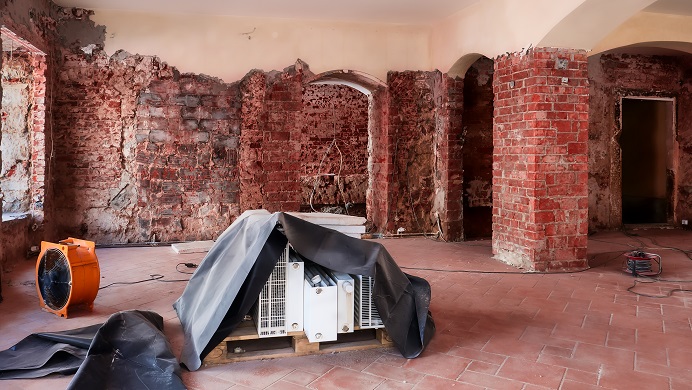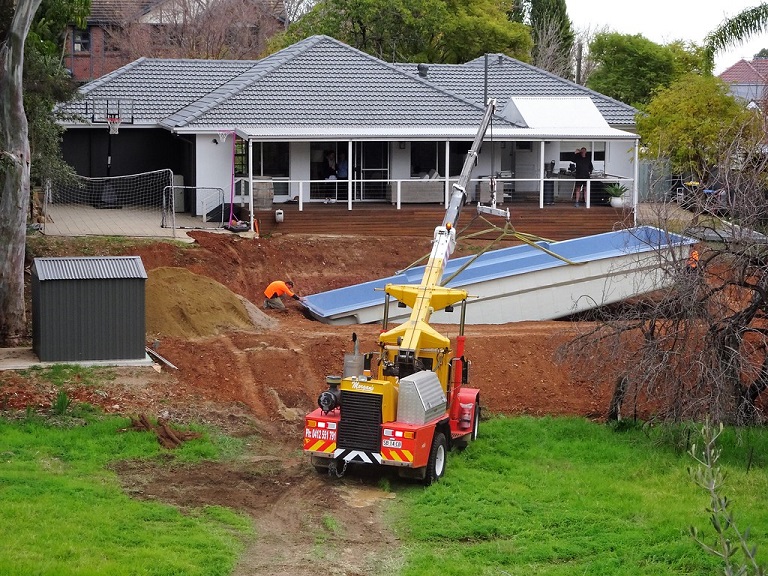A severe storm can strike your home at any time causing extensive damage to your home and resulting in costly repair bills. Knowing what to do after it hits, however, can make a huge difference in your recovery. Sometimes the storm itself causes less problems than the flooding which often follows it. To keep your floors, furniture, and other personal property from further harm, there are some steps you should take as soon as possible after a major storm passes through your area.
Check Your Home to Assess the Damage
Once the storm subsides, you need to check around your house to see the extent of the damage. It’s important to keep in mind that some of the damage may be difficult to see. So you need to approach certain areas with caution.
If you smell any gas or believe there is a leak, open all windows and go outside right away. And don’t return until the gas company has assured you that it’s safe to do so.
Since windows and doors are especially vulnerable to wind damage, you should look for cracked panes or holes and board up any broken windows until they can be fixed. You should also check for damage to siding, exterior surfaces, and outdoor appliances like air conditioning units.
You must also avoid any standing water, especially if there are downed power lines nearby. Always assume that any downed power lines are energized. If you have any standing water inside, make sure the power is off before stepping through it. There could be broken electrical lines inside the house.
Floodwater can also result in mold if left in your home for too long. Indeed, any time you have water damage, mold can start growing right away. So don’t wait too long to check for mold growth and call a mold inspection and remediation company if you notice any mold.
Document the Damage
Once you determine it’s safe to move around your home or business, start photographing or taking video of the damage. It’s important to document the damage for your insurance company because this type of evidence is helpful for processing insurance claims.
It’s also helpful for damage restoration companies to assess the amount of destruction and plan for repairs. Essentially, photos and videos are the only way to make sure you are compensated for loss of property and repairs.
Get in Touch with Your Insurance Company
After collecting evidence, your next step is to contact your insurance company to file a claim. They will give you a claim number along with a list of emergency service providers if necessary. After you start the process, your insurance provider can send out an adjuster to assess the damage and issue payment for repairs. The sooner you start the process, the sooner you can start repairs.
Mitigate the Damage
Chances are you will have to do some repairs right away to avoid additional damage to your home. The key is to start with the kinds of things that you can fix by yourself. For instance, you could board up broken windows to stop wind and water from entering your home.
Basically, you need to do basic repairs right away while you look for a damage restoration company to handle bigger issues.
Choose an Experienced Contractor
It’s critical to hire the right contractor to return your home to its pre-storm condition. Faulty restoration could leave you vulnerable to more problems later.
Because indoor flooding can cause extensive damage to your home, it needs to be removed immediately. In these situations, you should call a professional water damage restoration company for help.
The benefit of calling a professional is that they can take the burden off of your shoulders by streamlining the process. You can leave it to them to coordinate communications between contractors and insurance companies.
When a major storm hits, it can wreak havoc all the way around. It can generate large repair costs while disrupting your daily routines and even displace you from your home. Although you can’t control the weather and how it affects your property, you can control how you react. If you start the restoration process as soon as possible after the storm recedes, your home and property will be on the way to a full recovery.





